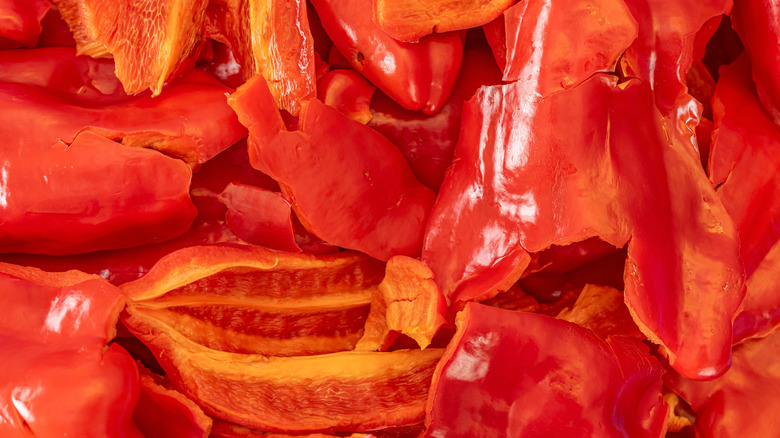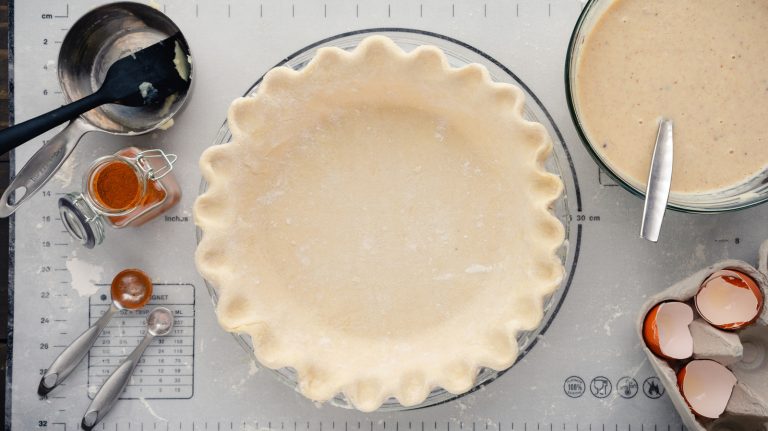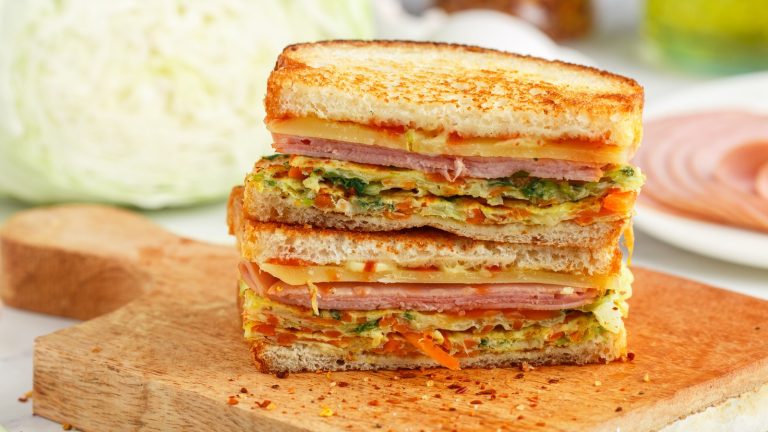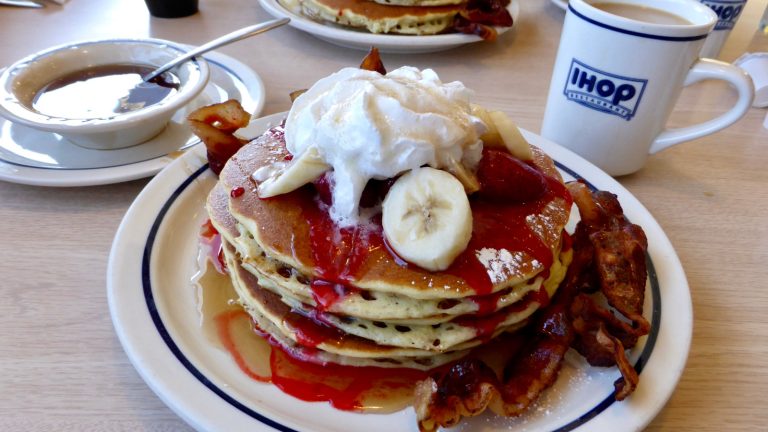The heat from chiles comes from a chemical called capsaicin, which some plants evolved to ward off rodents, insects, and other parasites. In mammals, capsaicin works as a neurotoxin, causing a burning sensation that (usually) discourages them from eating the fruit. This burning sensation is measured on the Scoville scale with Scoville heat units depending on the level of “heat” perceived by human taste buds. Bell peppers are at the most mild end of the spectrum, measuring between 0 and 100 SHUs. At the high end are Carolina Reapers measuring at about 2 million SHUs, and Pepper X measuring at over 2.6 million SHUs.
Although they may be considered quite spicy to many, Scotch bonnets are solidly in the medium range right alongside habaneros, usually between 100,000 and 350,000 SHUs. A Scotch bonnet hot sauce might just be the secret weapon to spice up your soup, and Scotch bonnets pair beautifully in traditional Jamaican rice and peas with kidney beans. When you want to experience the full flavor but not the unadulterated heat of a raw Scotch bonnet, how do you tone down the spice? There are a few ways to tackle the issue: Use less than the recipe calls for, thoroughly remove the seeds and membranes, or add acid or fat to cut down the heat.
How to tone down the heat of Scotch bonnets
A spicy guide to all things hot peppers would tell you that most of a chile’s capsaicin lies in the white pith and in the seeds. The easiest way to remove them is to simply scrape them out, which you can do with a spoon — just make sure you wear gloves or your hands get covered in neurotoxin, and definitely keep your hands away from your eyes while you’re working. Scape the spoon upside down across the inside of the cut pepper and remove all of the spongy white membrane, seeds, and veins. Your Scotch bonnet should be considerably less spicy, but it also loses a bit of flavor.
If you don’t want to lose flavor, cut your peppers and soak them in a solution of three parts water to one part vinegar; the vinegar cuts down on some spiciness without losing flavor. Let them soak for about an hour and do another round if they’re still too spicy. This works great with raw peppers, but has a stronger effect if you’re using cooked Scotch bonnets. If you’re making a hot sauce or some other recipe with vinegar, you can blend them whole in a vinegar solution.
Another option to lower the SHUs in your chiles is to pair them with a fat. Capsaicin is fat-soluble, so whether it’s vegetable oil, protein fat, or butter, the fat actually breaks down the heat — that’s why contestants in pepper eating competitions drink milk after downing chiles. Stuffing peppers with cheese, sautéing them in olive oil, or cooking in a meat stew lowers the heat perceived by your tongue, but the peppers still hold onto all that delicious flavor.






